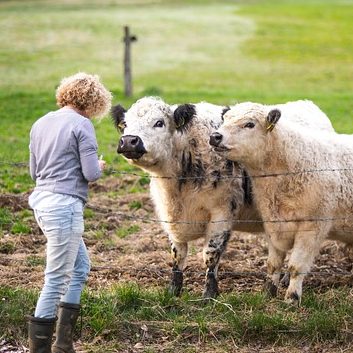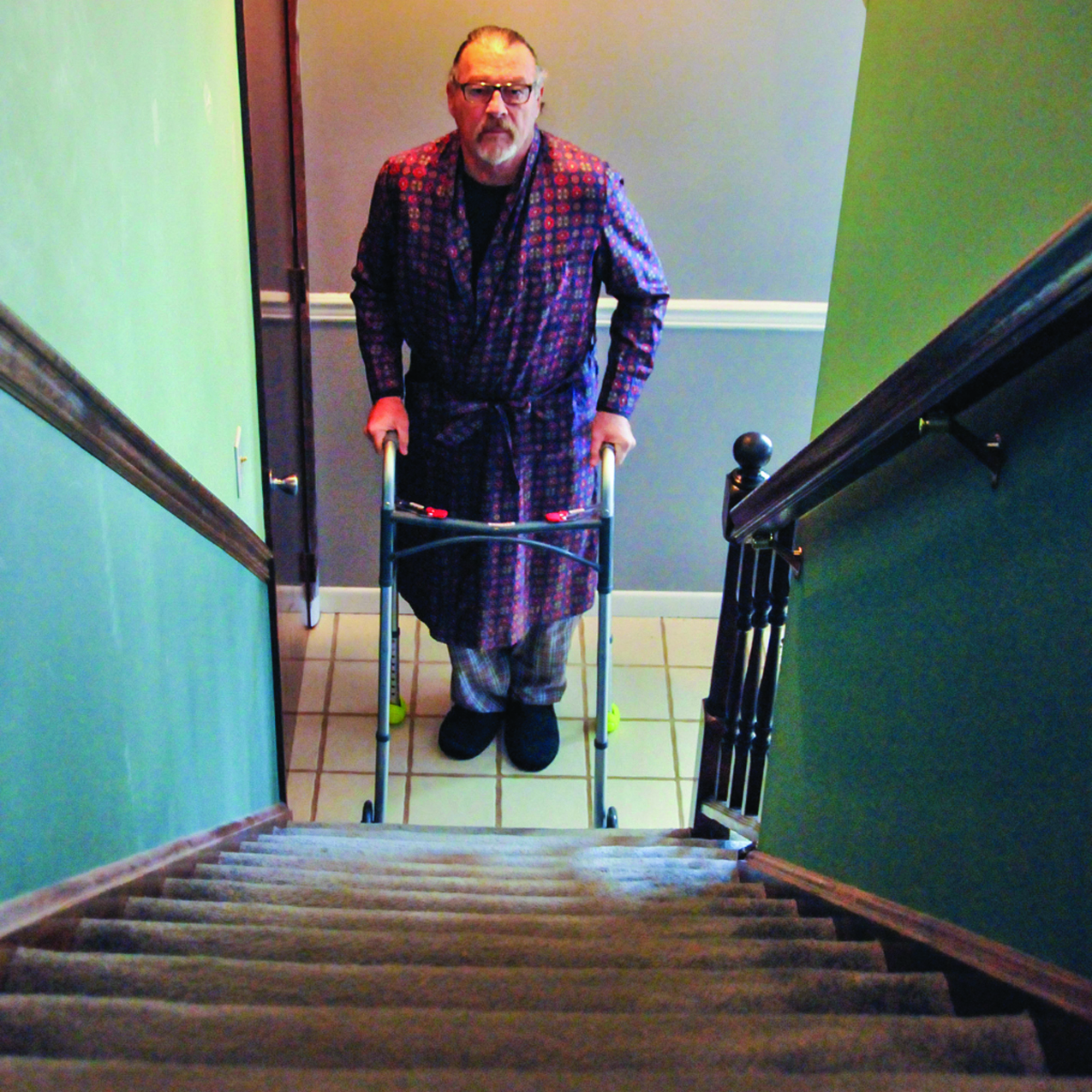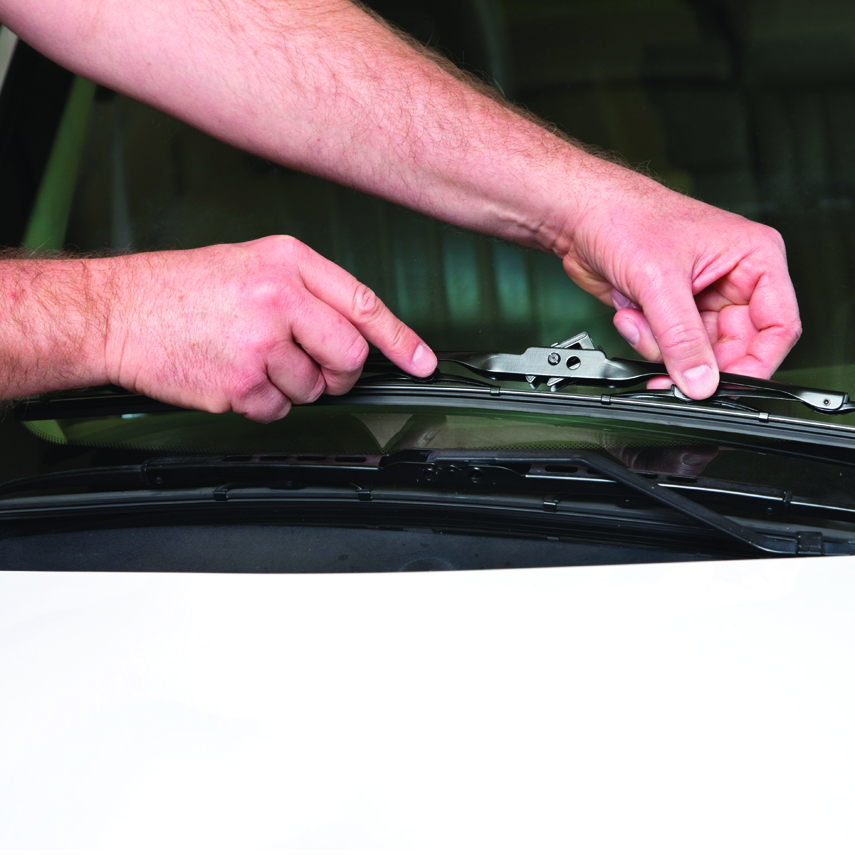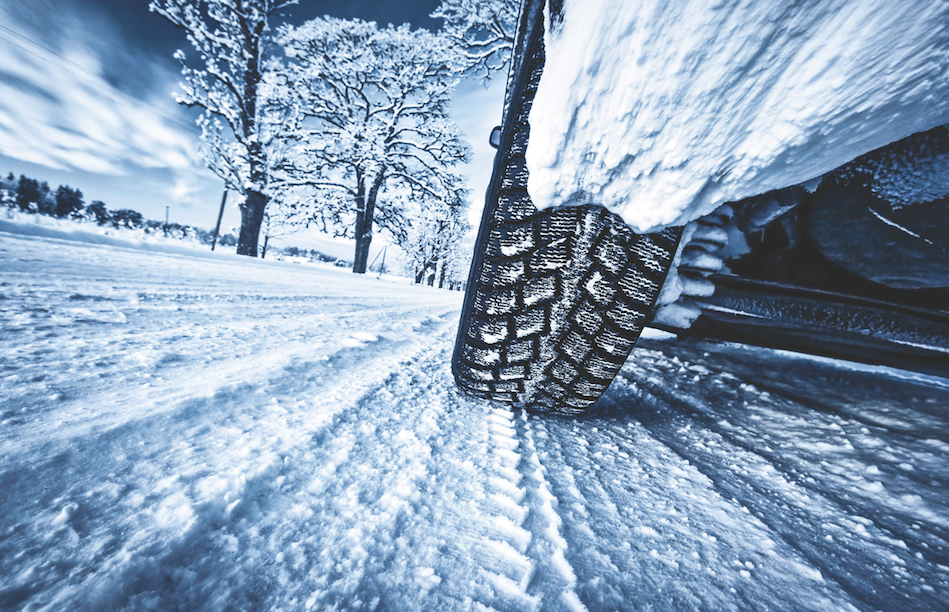Weather is hard to predict. Meteorologists have many tools at their disposal to help forecast storms and other phenomena, but it is impossible to predict the weather with 100 percent accuracy.
When the weather takes a turn for the worse, the National Weather Service may issue certain notices to prepare the public. Understanding the level of threat a notice carries can help people take appropriate action and avoid serious consequences.
The NWS uses a four-tier system to alert the public of hazards. Here’s a closer look at what each tier constitutes.
Outlook
This is the least serious weather alert. It usually means that hazardous weather may approach in the next three to seven days. The public should monitor the situation and stay tuned for further updates.
Advisory
With an advisory, weather conditions are not overly serious but could prove inconvenient. Individuals should be cautious and prudent when preparing supplies or traveling.
Watch
During a weather watch, there is an increased risk of a hazardous weather occurrence, though the timing or location is still uncertain. This is when it is essential to practice an evacuation or preparedness plan and stock up on any last-minute supplies.
Warning
The most serious of the weather impact notifications, a warning constitutes an imminent or likely event. The weather may cause a threat to property or life. Immediate action to stay safe is necessary.
While these alerts are based on the severity of impending weather, it is important to note that the NWS will not necessarily follow the same timeline with issuing alerts. That depends on how fast a weather situation develops. If there is time, an advisory, then a watch and then a warning may be issued. However, if a storm moves in rapidly, only a warning may be issued. People always should pay attention to weather notices so they can be prepared should severe weather be in the forecast.















 · Drive slowly. Slow down on winter roads. Allow a greater distance for stopping than for dry conditions. Slippery conditions can make it more challenging to stop, and excessive speeds can make the situation worse.
· Drive slowly. Slow down on winter roads. Allow a greater distance for stopping than for dry conditions. Slippery conditions can make it more challenging to stop, and excessive speeds can make the situation worse.



